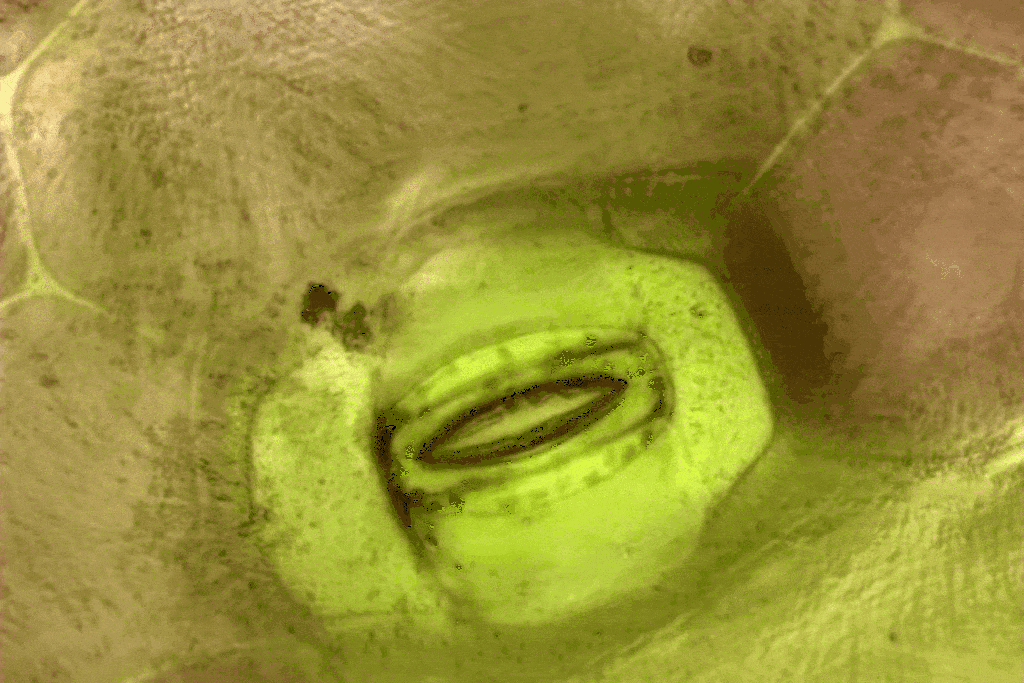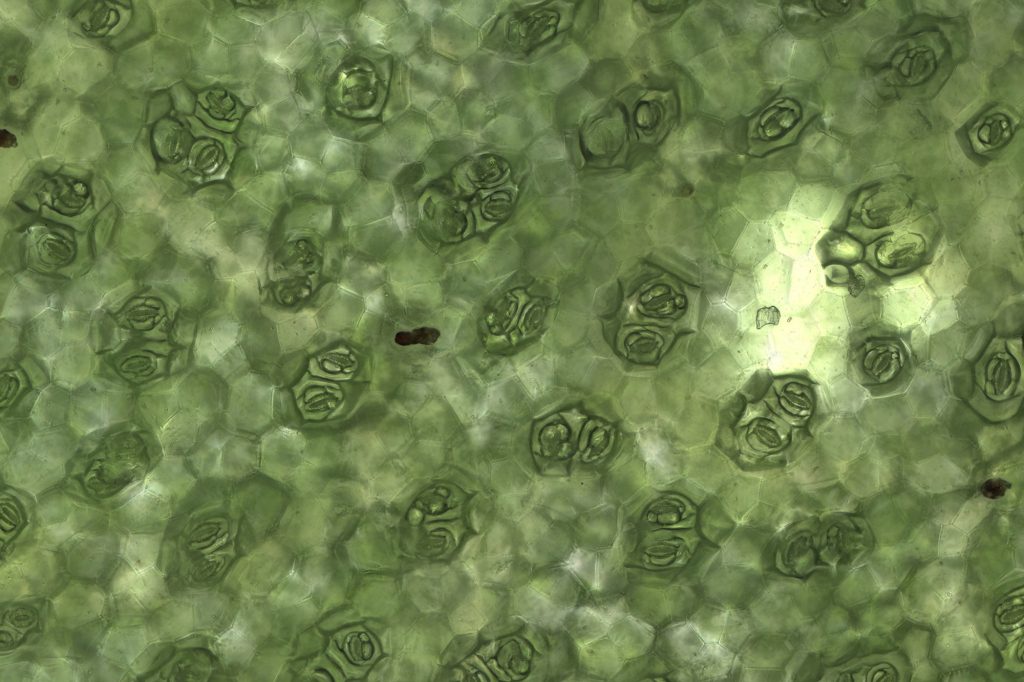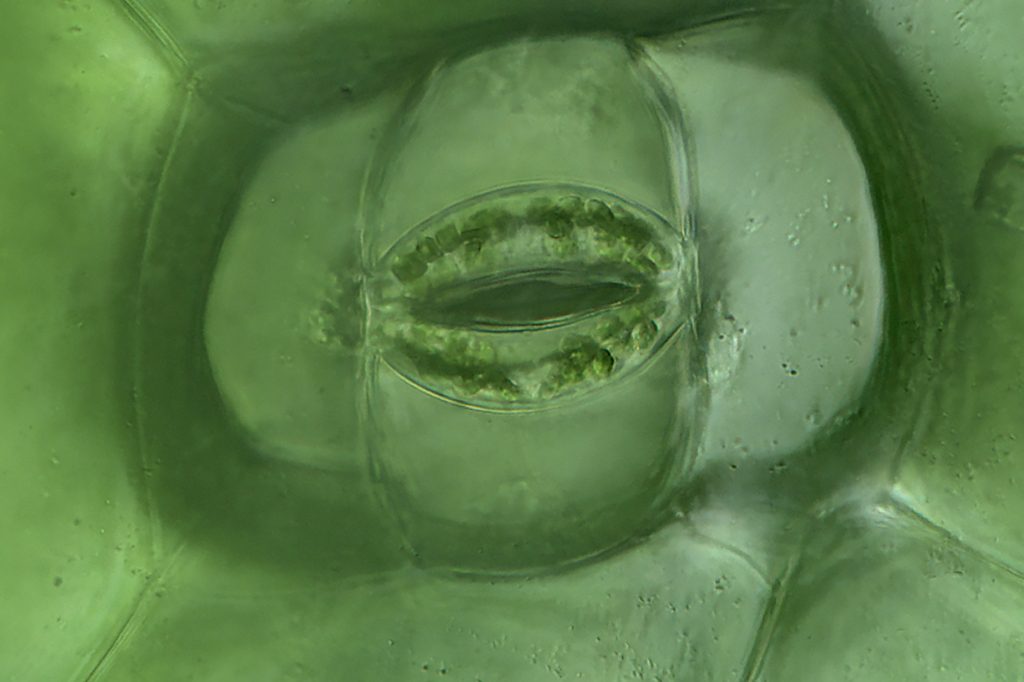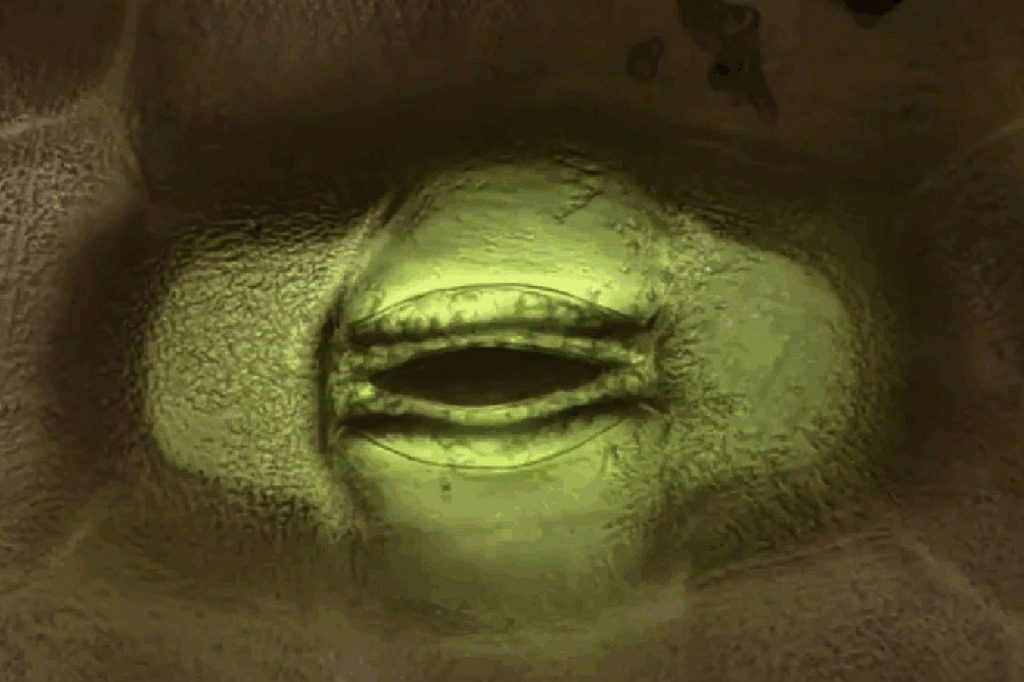
It’s breathtaking footage.
A stunning new video shows plants “breathing” in real time – and the footage could have huge implications for how farmers feed the world in the future.
The close-up video was captured by biologists at the University of California San Diego during research funded by the US National Science Foundation.
While filming the plants, the biologists discovered how the plants use their stomata—small openings known as their “mouths”—to direct their respiration of carbon dioxide.
Knowing how plants use their stomata to open and close in response to changing carbon dioxide levels could allow scientists to produce crops robust enough for a changing environment, according to National Science Foundation spokesperson Jared Dashoff.
“The researchers hope that harnessing this mechanism will lead to future engineering of plant water use efficiency and carbon intake, which is critical as the concentration of carbon dioxide in the atmosphere continues to increase,” he said. Southwest News Service.

“When the stomata are open, the inside of the plant is exposed to the elements, and water from the plant is lost to the surrounding air, which can dry it out,” Dashoff explained. “Therefore, plants must balance carbon dioxide uptake with water vapor loss by controlling how long their stomata remain open.”
“Responding to changes is critical to plant growth and regulates how efficiently the plant uses water, which is important because we see increasing droughts and rising temperatures,” added research leader Julian Schroeder.
With climate change, the atmospheric carbon dioxide concentration and temperature increase, affecting the balance between carbon dioxide entry and water vapor loss through stomata.
If plants, especially crops like wheat, rice, and corn, cannot achieve a new balance, they risk drying out, farmers risk losing valuable produce, and more people around the world risk going hungry.

“Scientists have long understood the loopholes and balance between carbon dioxide intake and water loss,” Dashoff stated. “But what they didn’t know until now was how plants sense carbon dioxide to signal the opening and closing of stomata in response to changing carbon dioxide levels.”
“Knowing this will now enable researchers to modify those signals – so that plants can strike the right balance between carbon dioxide uptake versus water loss – and allow scientists and plant breeders to produce crops robust enough for the environment of the future.”
Dashoff added that the researchers are so excited about their findings that they have now filed a patent and are examining ways to translate their findings into tools for crop breeders and farmers.

The results are nothing short of game-changing, said Richard Seyr, program director for the National Science Foundation.
He declared, “Identifying how plants control their stomata under changing CO2 levels creates a different kind of opening – one to new avenues of research and possibilities for addressing societal challenges.”




More Stories
Boeing May Not Be Able to Operate Starliner Before Space Station Is Destroyed
Prehistoric sea cow eaten by crocodile and shark, fossils say
UNC student to become youngest woman to cross space on Blue Origin